I've performed a latent class cluster analysis using Mclust in R. Now, I want to use the outcome to predict cluster membership of people that were not in the dataset I used to train. I know the predict function, but this is not what I'm looking for. On a daily basis there will be new people that I need to predict, so in order to do this I need to have the parameters to predict cluster membership.
Does anyone know how to get the right parameters that I can use in an equation to predict cluster membership myself?
data(faithful)
library(mclust)
faithfulMclust <- Mclust(faithful)
clust <- predict.Mclust(faithfulMclust,faithful)
the Mclust uses a formula in the predict function, I want to get this formula in order to predict cases that are not in the dataset (I get new cases everyday, so using the predict function is not an option).
